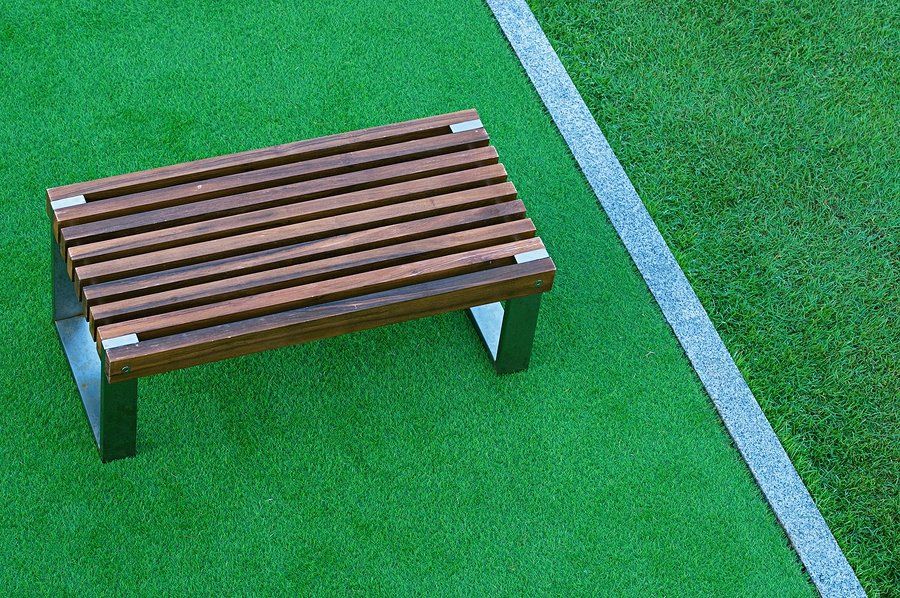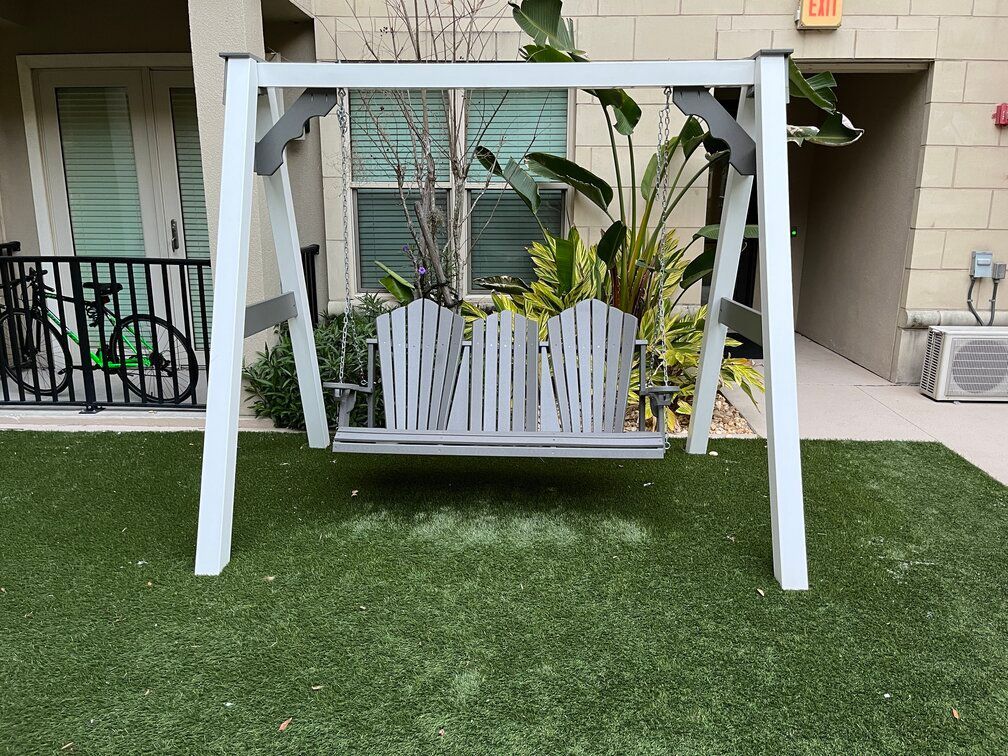Artificial Grass Overview
Synthetic fibers are used to create artificial grass, sometimes known as artificial turf, which is designed to look and feel like real grass. The usage of artificial turf in residential settings is on the rise, despite its long history of use on sports grounds. The latest generation of artificial grass is designed to appear and feel quite similar to real grass.
Advantages of Installing Artificial Grass
When weighing the pros and disadvantages of installing an artificial lawn, there are a few benefits that stick out among the various advantages. One of the most significant benefits is the availability of a diverse range of colors, styles, and heights, allowing you to select the artificial grass that blends in with your surroundings in the most positive way. There is no need to worry about keeping artificial grass looking nice by watering it. This is a vital point to keep in mind during a drought, and doing so will save you some time as well. In addition, there is no requirement for the use of fertilizer, therefore there will be no leaching of harmful chemicals into the soil. One of the aspects that we appreciate the most is that there is no requirement for mowing the lawn.
Is there a difference between Artificial Turf and Artificial Grass?
Technically, the phrase "artificial turf" is reserved for use in the context of sports and play areas, whereas "artificial grass" is used to describe similar products used in gardening and landscaping. However, there are several significant distinctions between artificial turf and synthetic grass. Professional sports teams use artificial turf at some of the world's largest sports club stadiums, including football, rugby, soccer, lacrosse, and baseball. Despite being softer than real grass, it has been engineered to endure heavy foot activity. The shock-absorbing base layer of premium artificial turf makes falls safer and less painful. When it first emerged on the market, the padding at the base of the turf and the sub-base had minimal to no soft elements but as the technology has improved so has the base of the turf along with the infill that is used. Rubber granules, sometimes referred to as crumb rubber are used to help in multiple ways with the hairs but can provide more cushion to players at the same time. Sand can be layered beneath the rubber as well.
The first generation of turf was extremely shallow, almost flat, and is probably what you've seen at miniature golf courses. This materials is rarely used anymore for commercial or residential purposes.
Garden artificial grass or that used for residential projects, in contrast to synthetic turf used in sports, will have longer, softer blades and a fuller appearance. Authenticity is prioritized here without sacrificing longevity or ease of upkeep as much as possible. Color variations are available from most suppliers and one popular option comes with little brown hairs dispersed within the green canvas to further replicate the look of a natural lawn. Landscape turf is not as dense or short as sports turf. We hope this brief explanation helps you, however, no need to stress over all the choices. Once you tell us a little bit about your need, we can easily consolidate the options, pointing you in a more precise direction to make the best choice for your fake grass project.
Artificial Grass Cleaning Tips
The proper maintenance of an artificial lawn includes some cleaning, though this task may need to be performed more it regularly for those who live in particularly dusty places, have a multitude of trees that lose their leaves, or who have pets. A blower, a flexible garden rake, a brush with strong bristles, or a garden hose can quickly and efficiently clear the area of debris and unwanted materials. If you and your family like to lie on the grass and it tends to get compacted, you may need to periodically sweep it with a broom to restore its natural shape. Most accidents on synthetic turf can be cleared up with a little bit of soap and water, or even a little vinegar and water. Vinegar solutions can also be used as disinfectants. We have a whole page on simple maintenance suggestions for artificial grass which you can read on our site.
What works for you?
When contemplating the installation of an artificial lawn, it is important to give thought to many aspects and weigh the benefits and costs associated with installing artificial grass on your property. Think about how long you plan to own the business or house. Consider the current time you spend maintaining the lawn you have. Will any major life events be changing in the near future, for instance are you getting older, planning to have a child or considering renting your home? All of these elements could play a part in your decision. The cost of artificial grass in Tampa involves an upfront investment, but the time and money saved could help to pay for itself the longer you take advantage of the product.
Not all synthetic grass and sports turf products are created equal, so it's important to contact our team of certified artificial grass contractors before making any compulsive purchases. Choosing the one that best serves your specific needs is crucial for optimizing your return on investment. We understand that the availability of different hues of green while shopping for artificial grass for your house, business, balcony, rooftop, or sports field might be daunting. Feel free to contact our helpful staff for a free, no-obligation estimate and advice on what kind of artificial grass would work best for your needs and budget.




